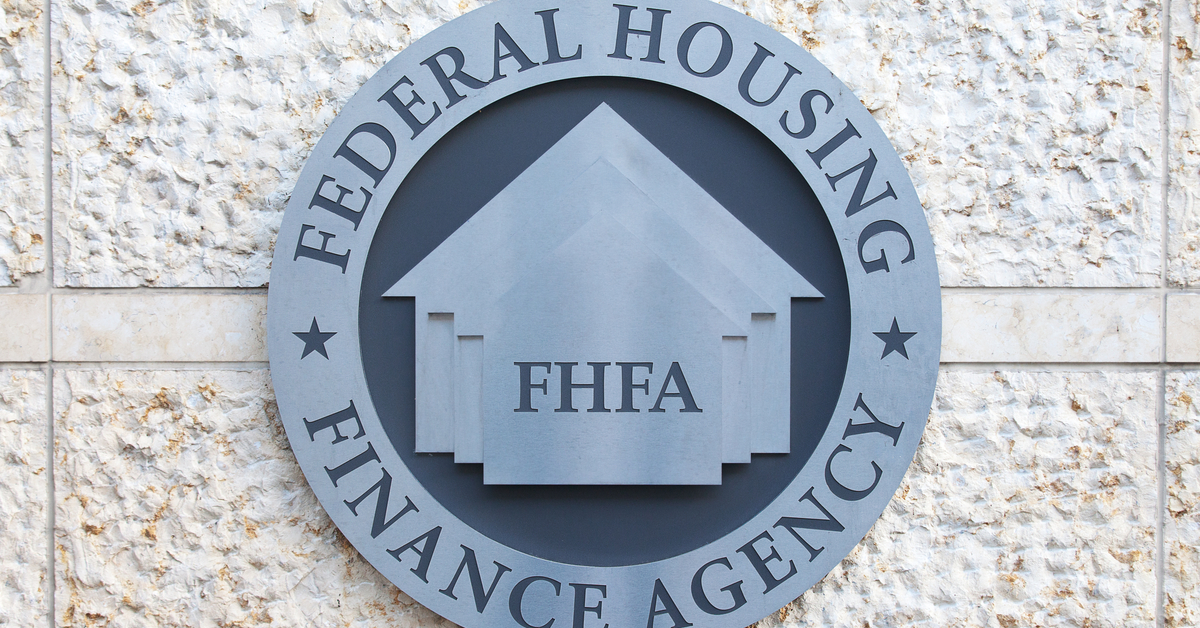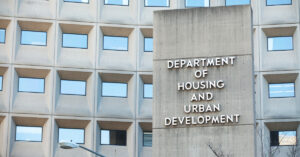After a chorus of criticism from the lending and real estate industries, the Federal Housing Finance Agency (FHFA) has postponed until December the implementation of its new refinance fee for loans backed by Fannie Mae and Freddie Mac.
Labeled an “adverse market fee” by the FHFA, the 0.5% fee will apply to all refi mortgages backed by the government-sponsored enterprises (GSEs). It was set to take effect on September 1, but now, its new effective date will be December 1.
The FHFA also announced that refis with loan balances below $125,000 — nearly half of which are comprised of lower income borrowers at or below 80% of area median income — will be exempt from the new fee. Loans under the GSEs’ affordable refi product lines, namely Fannie’s HomeReady and Freddie’s Home Possible programs, are also exempt.
The FHFA’s statement also came with further detail toward the necessity of the fee, explaining that it is needed to cover projected COVID-19 losses of at least $6 billion to Fannie and Freddie. Those losses are expected to include at least $4 billion in loan losses due to projected forbearance defaults, $1 billion in foreclosure moratorium losses, and another $1 billion in servicer compensation and other forbearances expenses.
Industry leaders were quick to decry the new fee when it was announced earlier this month, leading to reconsideration from the FHFA. The Wall Street Journal reported over the weekend that there was talk of delaying the fee, raising optimism from the mortgage business at large.
When the FHFA made the delay official, industry officials were just as quick to celebrate as they were in raising their initial concerns.
“We welcome today’s announcement from the FHFA amending the recently announced Adverse Market Refinance Fee from Fannie Mae and Freddie Mac,” said Robert Broeksmit, president and CEO of the Mortgage Bankers Association. “Extending the effective date will permit lenders to close refinance loans that are in their pipelines and honor the rate lock commitments they made to their borrowers, ensuring that economic relief in the form of record low interest rates will continue to flow to consumers.
Join 210,000 mortgage professionals
Get the news, trends and industry updates in your inbox to become a better mortgage originator. Subscribe to emails below.
“”We understand that the pandemic and the associated borrower assistance measures the GSEs have instituted impose significant costs on the GSEs and on mortgage servicers, and we are gratified that the revised guidelines also reflect the need to lessen the impact on borrowers with modest incomes or low loan amounts.”
Broeksmit told MBA members in a separate message that the postponement announcement represented a victory after its advocacy of the revisions to the fee. Other groups were likewise hard at work pushing the FHFA to reconsider; the National Association of Mortgage Brokers, which tweeted “WE DID IT” after the delay was announced, urged members to lobby their legislators to reverse the fee and got participation nearly 20,000 strong.
Scott Olson, executive director of the Community Home Lenders Association (CHLA), said that his organization understands the need for repricing of risk on certain products given the losses taken by the GSEs during the pandemic. He also lauded FHFA Director Mark Calabria for the swift action on what Olson called “a misguided policy.”
“Giving adequate time to adjust to the fee in this manner helps both consumers and lenders alike, and from the lender perspective, maintains confidence going forward that lenders can aggressively offer 60-day mortgage rate locks to consumers without concerns about intervening rate hikes,” Olson said.
Rebeca Romero Rainey, president and CEO of the Independent Community Bankers of America, also welcomed the delay.
“Extending the effective date of this fee gives borrowers and lenders time to close and fund those loans that are currently in process,” she said. “Further, exempting loan amounts under $125,000—which are mainly composed of lower-income borrowers and refinance loans through Fannie Mae’s HomeReady and Freddie Mac’s Home Possible lines—will help keep those loans affordable.”





